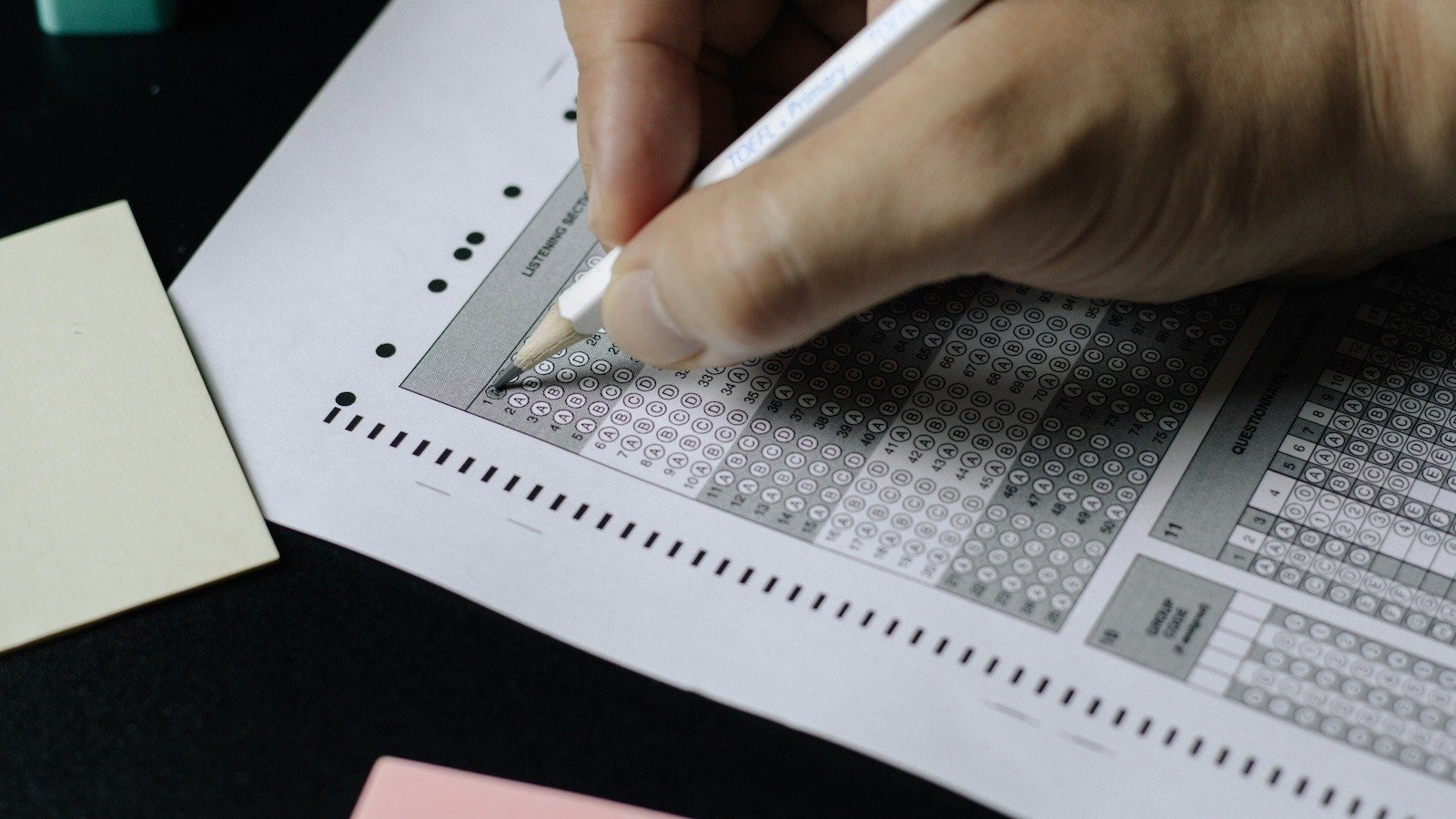Not all innovations send rockets to the moon
Today, innovation is a notion that the world almost systematically associates with technological innovation, and yet this isn't necessarily the case. What are the different types of innovation? And what about Kls?
According to the Oslo Manual, an innovation is: "the implementation of a new or significantly improved product (good or service) or process, a new marketing or organizational method in a company's practices, workplace organization or external relations."
This definition is a little dated and has been completed by the Office parlementaire d'évaluation des choix scientifiques et technologiques (OPECST): "Innovation is the art of integrating the best state of knowledge at a given moment into a product or service, in order to meet a need expressed by citizens or society"
Innovation is studied, in general, along two axes, its velocity and its form.
There are two families of velocity:
- Disruptive innovations
- Incremental innovations
More details in the excellent Winbids article.
Innovation can be analyzed in several ways:
- Technological innovation
- Service innovation
- Architectural innovation
- Marketing (or business model) innovation
- Organizational innovation
- Adjacent innovation
- Social innovation
- etc.
Kls - not just technological innovation
Kls was born out of the realization that front and middle office professions lacked the tools they needed to carry out their day-to-day activities. Our initial response was to offer a new service by integrating previously disparate components.
Thus, we propose, within a single SaaS solution, to bring together several major families of functionalities usually found in several products:
- a confidential messaging solution
- a tool for collecting, storing and sharing encrypted documents
- a collaborative platform guaranteeing the confidentiality of communications between agents, lenders, borrowers and their advisors
- an event manager with reminders and notifications
- a personal assistant for portfolio management
- an eligibility engine
- a data extractor to retrieve all data and integrate it with other tools
- All in a cloud tool, accessible anywhere, 100% securely
After creating our platform, we asked ourselves the question of bringing it to market, to differentiate ourselves from the other players already present. Indeed, all our competitors offer a business model based largely on the number of participants on the platform. We wanted to break away from this and encourage collaboration. We therefore built an innovative business model, which deliberately ignores the number of stakeholders to accommodate an unlimited number of lenders in the Banking Pool, but also the borrower and all his advisors (CAC, lawyers, etc.).
.And tomorrow?
Kls is today an innovative solution in terms of its market positioning (according to the Forbes definition, we fall into the "Vertical SaaS") and the architecture of its platform, to simplify the lives of trades. This has given us a head start, but it won't be enough to outstrip the competition in the long run!
We're looking at tomorrow's innovations right now, without being unfaithful to Simon Sinek's advice, "Start with why" :
Thus, our R&D teams are currently investigating several avenues of technological innovation:
-
OCR capability (character recognition)
Case in point: enable our customers to load their contracts or term sheets and automatically create their covenants, and other criteria. -
Public API to enable the ecosystem to connect to Kls.
Several ideas already being tested with our private API will give birth to a new version of our API, open to all.Cases of use:
- Connect to upstream CRMs, to feed our platform by creating folders with already existing information
- Output data to reporting tools (BI) for, for example, CSRD reporting obligations
- Connect to core banking or more modest back office tools to transmit information on commission payments, etc.
- Connect to ESG platforms to directly import carbon footprints and other documents .
-
Generative AI at various points on the platform.
Use case: create summaries and write messages, proposed to the user, to notably summarize the conditions of a break, the associated margin impacts and possible hypotheses for the waiver before sending to the pool for voting. -
Machine Learning
Use case: create a scoring system for our customers' customers (the borrowers). Indeed, by creating an algorithm and feeding it with customer behaviors (document submission date, late or not, covenant compliance, refinancing, etc.), we could help our customers better assess their customers to better apprehend the operational risk they represent.
Conclusion
Originally born of a need for service innovation, manifested in the form of an architectural innovation, coupled in its Go To Market (GTM) with a business model innovation, Kls is being fleshed out, five years after its creation, with technological innovations to remain at the cutting edge of its market.
Vous pourriez aussi aimer
Articles similaires

How does Kls ensure its sovereignty?

Understanding and simplifying the management of conditional financing programs

